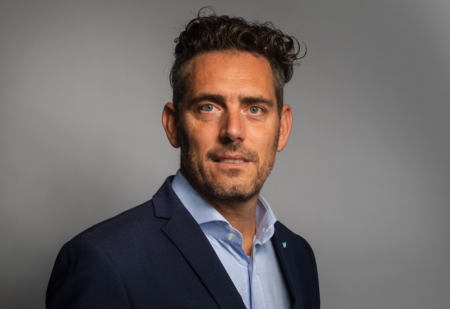This article appears in the current issue of Stadia.
The modern world can be a dangerous place. Recent events in various countries have underscored the desire of terrorist organizations to attack soft targets in an effort to kill as many innocent people as possible. While it is sometimes difficult to assess the underlying intent of an adversary, in the case of Islamic extremist terrorist groups, they are very transparent in stating exactly what they seek to accomplish – the murder of anyone that does not submit to their beliefs and view of how the world should be structured. The recent immigrant crisis has no doubt provided an opportunity for terrorist operatives to infiltrate European nations where they can subsequently launch attacks. In addition, the explosion of social media platforms has proven to be an effective recruiting ground for these groups to radicalize disaffected people.
These threats will not recede in the near term, but will likely become more acute with the frequency and intensity of attacks only increasing.
There are complex challenges facing stadium operators, event managers and public assembly professionals. A major venue with thousands of attendees and media coverage is an attractive target for a terrorist attack. The threats can range from a vehicle-borne improvised explosive device (VBIED), an active shooter attack, a suicide bomber, vehicle ramming, or the use of an unmanned aircraft system to introduce a dangerous substance into the venue. Facing this reality, what can venue operators do to protect their patrons and their facility? What reasonable steps should they take?
The first priority is to understand the vulnerabilities that currently exist at your venue. Conducting a detailed security assessment – which serves to baseline current practices while identifying security gaps and providing immediate recommendations to eliminate them – is a sound strategy. During my time at the National Football League, we refined our best practices for stadium security to anticipate the changing nature of the threats facing our stadia. Our policy was certified and designated by the Department of Homeland Security as qualified anti-terrorism technology under the US Safety Act. With the policy in place, we were able to review each stadium against a consistent standard by conducting unannounced reviews of every venue at least once each year. Detailed reports were prepared, outlining observations and any necessary corrections, while also grading the stadium in comparison to peer facilities. This rigorous program was designed to emphasize continuous improvement and underline the need to probe and test security readiness for every game or event.
Venue operators need to weigh up a number of key considerations in securing their venues, including (but not limited to) the following: creating a hard perimeter at a safe distance from the stadium to reduce the threat of a VBIED detonating near structural components or high-density pedestrian areas; restricting the type and size of bags that can be carried on the stadium footprint, to reduce the risk of a pipe bomb being introduced into high-density pedestrian areas; creation of a secondary perimeter where explosive odor-detection canine teams can deter or detect a person-borne improvised explosive device (PBIED) prior to entry into the safety zone; employing metal detector screening of every single patron and employee to prevent weapons and explosive components from being introduced into the stadium.
Identifying existing stadium vulnerabilities and moving to correct them is critical in hardening a facility and sending a message of strength to any potential attackers. Doing so increases the likelihood of their deciding against an attempt on a venue that may prove to be unsuccessful.
Jeffrey Miller is the former commissioner of the Pennsylvania State Police and recently served as the chief security officer for the NFL. He is currently a senior executive with MSA Security, a New York-based company focused on intelligence and risk mitigation
November 17, 2016




